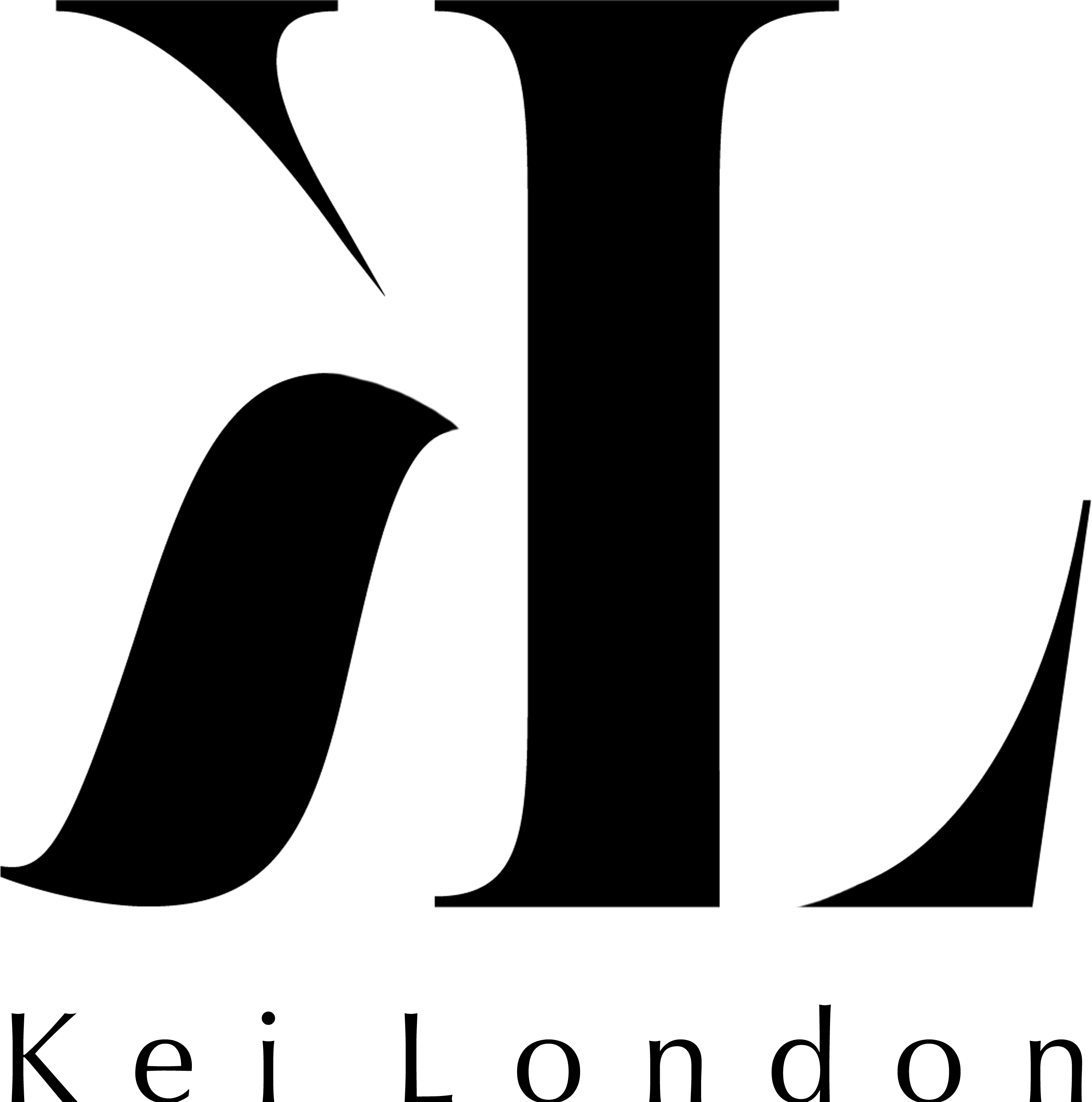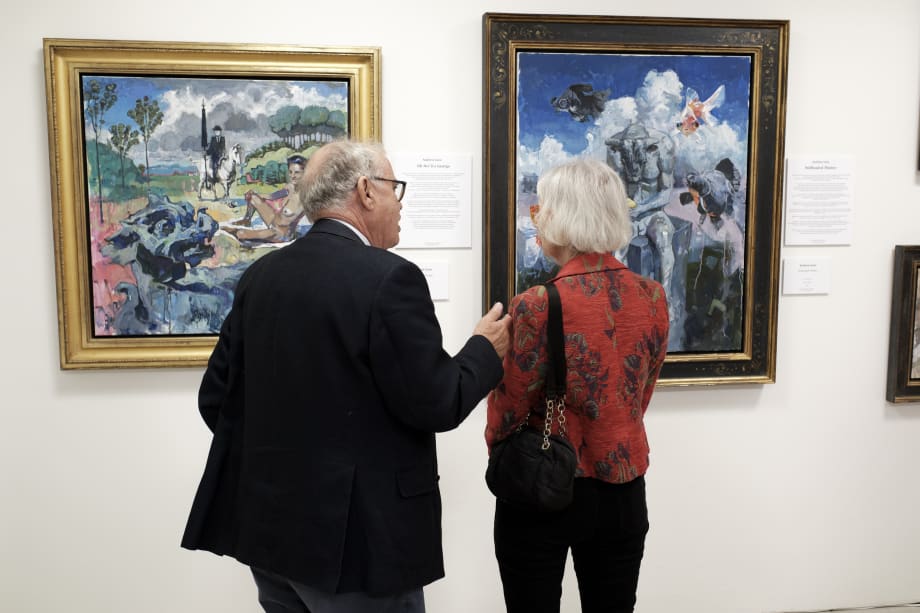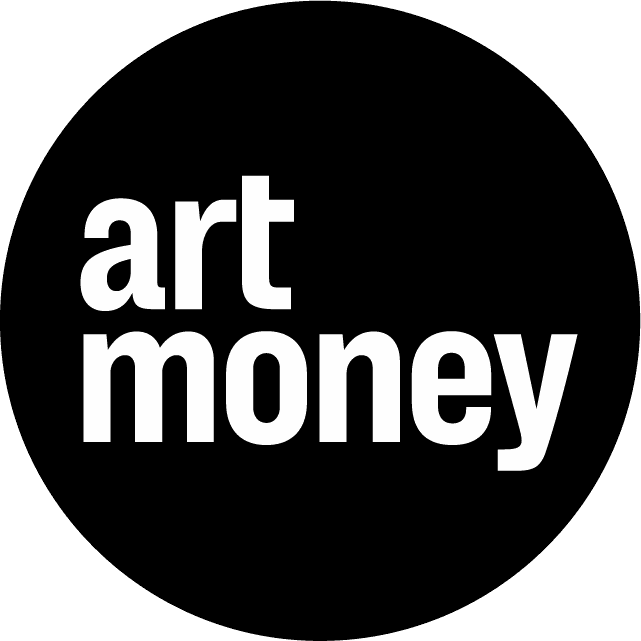The art world is undergoing a seismic shift as works priced under $10,000 claim their place at the forefront of market growth. While the high-end market faces supply constraints and economic headwinds, this lower-priced sector has doubled in volume over the past decade, marking a decisive change in the landscape of contemporary art.
Affordable Art on the Rise
In the first half of 2024, an impressive 91% of art sold at auction globally fell under the $10,000 threshold, according to Artprice. Even more notable, 68% of these lots sold for less than $1,000, while 30% fell within the $1,000-$10,000 range. Paris led the charge, recording $42.2 million in sales from 30,369 lots in this category-three times the volume of New York and exceeding the combined totals of London, Berlin, and Tokyo.
Clare McAndrew, the economist behind the Art Basel and UBS Art Market Report 2024, underscores this trend as a "distinct reversal" from the high-end focus that dominated 2021 and 2022. The shift reflects a growing appetite for affordable work bolstered by an increase in online-only sales.
Major auction houses, including Sotheby's, Christie's, Bonhams, and Phillips, now conduct five times as many online auctions as they did in 2019, with these digital platforms accounting for 63% of their total transactions.
Economic Forces Driving Change
A confluence of economic factors fuels the growth of the under-$10,000 segment. Rising storage costs, increased insurance premiums, and geopolitical tensions have prompted collectors to liquidate more affordable assets. In the UK, concerns over potential hikes in capital gains tax (CGT) earlier this year also drove consignments to auction, particularly for collectibles and decorative arts.
Phillips notes a noticeable increase in summer consignments as collectors sought to hedge against potential tax changes. Even after CGT increases were limited to 24% for higher-rate taxpayers, the momentum carried forward, sustaining the surge in affordable art sales.
Opportunities for Buyers
For buyers, the under-$10,000 market represents an unparalleled opportunity. According to Alex Glauber, president of the Association of Professional Art Advisors, this segment offers value that has become harder to find in the primary market, where escalating costs are pricing out many would-be collectors. Auctions, on the other hand, often provide access to works at prices significantly below their pre-pandemic valuations.
This democratisation of the art market has attracted a new wave of younger, first-time collectors, helping to stabilize the industry and expand its base. As McAndrew highlights, "Expanding the base of the market is healthy for the art world; it makes it more stable, more democratic, and less focused on the high end."
The Future of Affordable Art
The rise of affordable art is not just a trend but a profound structural shift in the market. As buyers become increasingly price-sensitive and the primary market grows more exclusive, the under-$10,000 sector is poised to play a critical role in the art world's future.
Key Takeaways
• Booming Sector: 91% of auction sales globally in H1 2024 were under $10,000, doubling in volume over the past decade.
• Paris in the Lead: Paris recorded $42.2 million in sales, surpassing New York, London, and other major hubs combined.
• Digital Dominance: Online-only auctions now account for 63% of transactions at major auction houses.
• Economic Drivers: Rising costs and tax fears are prompting collectors to sell lower-value works.
• Democratisation of Art: Affordable art is attracting younger, first-time buyers, expanding the market's base.
Source: The Art Newspaper (Issue 373, December 2024), authored by Anna Brady.
Kei London continues to monitor these market trends, ensuring collectors and artists alike are equipped to navigate this evolving landscape. Stay tuned for more insights and opportunities from the world of contemporary art.


